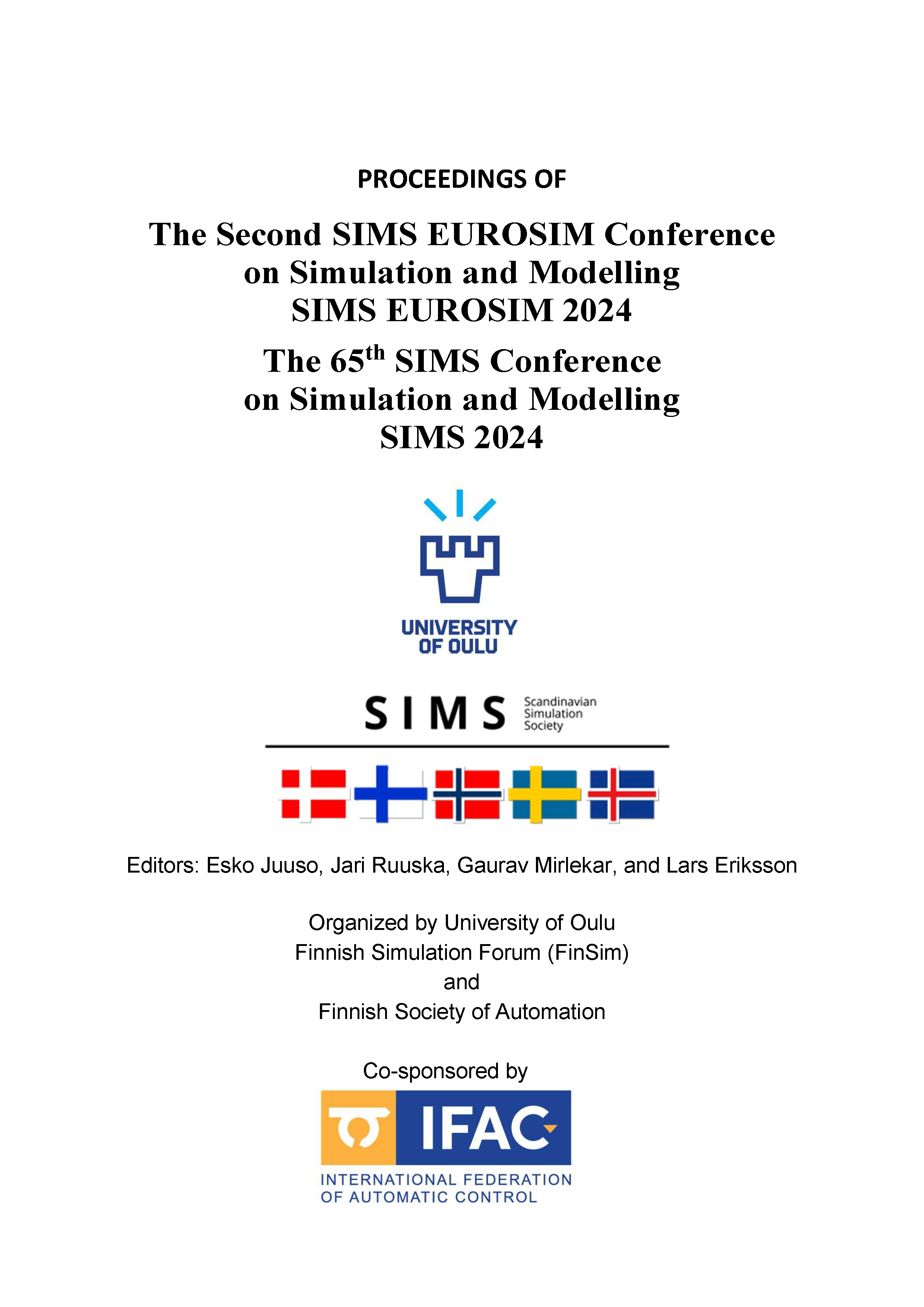On the Growth Kinetics of Lamellar and Blocky Austenite During Intercritical Annealing of Hot-Rolled Medium Manganese Steel: Thermodynamic and Diffusion-Controlled Transformation Simulations
DOI:
https://doi.org/10.3384/ecp212.028Keywords:
Thermo-Calc, DICTRA, lamellar and blocky austenite, intercritical annealing, Medium Mn Steel.Abstract
Metastable austenite significantly impacts the mechanical properties of Advanced High-Strength Steels (AHSS), especially Medium Mn Steel (MMnS), where its formation rate during intercritical annealing depends strongly on the initial microstructure. This study employs thermodynamic and diffusion-controlled simulations to investigate the formation of two distinct morphologies of retained austenite–lamellar and blocky known also as globular– commonly observed in an intercritically annealed hot-rolled MMnS. Utilizing Thermo-Calc software, coupled with its DIffusion-Controlled TRAnsformation module (DICTRA), phase equilibria are computed, and one-dimensional diffusion equations are solved. Characterization of the microstructure of a medium manganese steel (MMnS) with a nominal composition of Fe–0.4C–6Mn–2Al–1Si–0.05Nb (in wt. %), hot rolled and intercritically annealed for 1 hour at 680°C, was performed using Energy Dispersive Spectroscopy coupled with Transmission Electron Microscopy (EDS-TEM) and Transmission Kikuchi Diffraction (TKD). These techniques were used for experimental validation and verification of the simulations.Simulations explore the competition between cementite and austenite growth. Specifically, the growth of austenite starting on various interphase boundaries was examined using spherical and planar geometries. This approach resulted in the formation of blocky and lamellar austenite morphologies, respectively. The findings indicate that austenite first nucleates at the BCC/BCC interface and transforms 40% of the BCC phase within 1 second at 680°C. Cementite then starts to form, limiting further austenite transformation. Finally, cementite particles continue to grow to a size of about 100 nm. These simulation results align well with experimental findings.Downloads
Published
2025-01-13
Issue
Section
Papers
License
Copyright (c) 2025 Roohallah Surki Aliabad, Saeed Sadeghpour, Pentti Karjalainen, Jukka Kömi, Vahid Javaheri

This work is licensed under a Creative Commons Attribution 4.0 International License.

